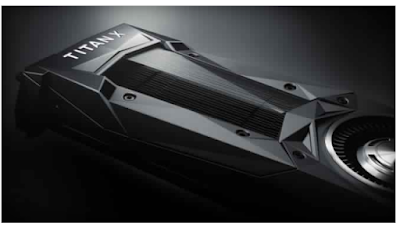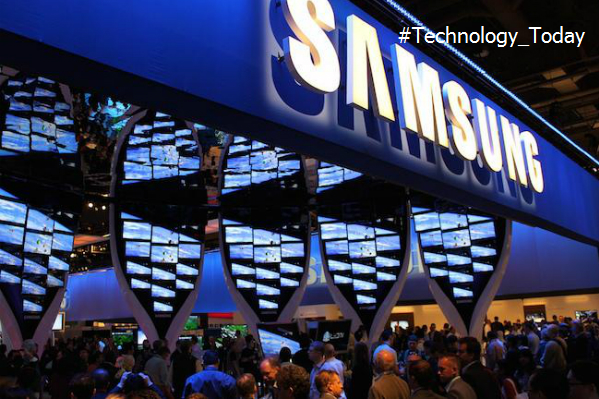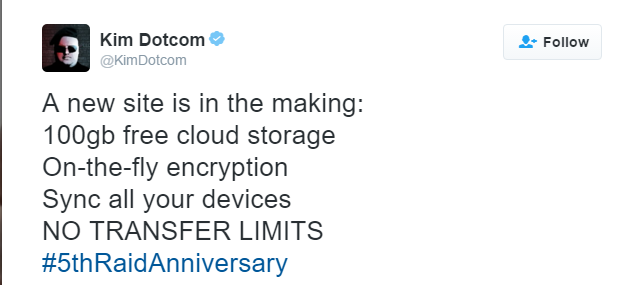#new nividia
Nvidia has been launching GPUs at a rapid-fire pace this summer. The GTX 1080 and1070 debuted in late May and early June, the 1060 dropped earlier this week, and now the full-fledged Titan X is shipping by August 2. The new GPU was announced by Jen-Hsun Huang last night and sets a speed record for fast turnarounds between the launch of a new architecture and the debut of its top-end GPU. The first GTX Titan launched nearly a year after the first Kepler GPU, while the Titan X launched roughly six months after Maxwell.
Branding on the new GPU is a bit confusing. Previous Titan-class GPUs have used a secondary label, like Titan Black or Titan X. In this case, Nvidia is removing the “GeForce” branding on the GPU and calling it the Nvidia Titan X. This could prove confusing for customers, but it may also signal that this card is meant to straddle the line between Nvidia’s gaming and workstation divisions.
The new card is based on the GP102 GPU and will offer 3,584 CUDA cores at a base clock of 1417MHz and a boost clock of 1531MHz. While this is somewhat slower than Nvidia’s GTX 1080, which ships at 1607MHz / 1733MHz, the 40% increase in cores (the 1080 has just 2560) will more than offset the 12% decrease in clock. A new 384-bit memory bus gives the GPU 480GB/s of bandwidth — almost as much as what AMD debuted with its Fury X last year, but coupled to a far more powerful GPU.
Performance is said to be up to 60% faster than the Maxwell-based Titan X, but given that the 1080 is already capable of winning past that card, the performance improvement over 1080 is probably in the 25-35% range based on core counts and the other speeds and feeds. TDP on the new GPU is 250W, which is still quite svelte compared to other high-end GPUs from past generations. Unlike past Titan’s, there won’t be any third-party availability on Titan X. Nvidia will only sell the card directly through its own website without partner participation, though OEMs will still be able to order and include the card.
This is obviously as much a luxury play as anything, given that Nvidia’s GTX 1080 is meant to retail for $599 and 2x GTX 1080’s would easily outperform a single Nvidia Titan X. Many gamers prefer not to use multi-GPU configurations, however, since a single high-end GPU typically delivers better frame times and smoother performance. Low-overhead APIs have the potential to change that thanks to new methods of sharing workloads between cards, but we’ve only seen very limited support for multi-GPU in DX12 titles to date. At the same time, Nvidia may have some difficulty justifying this GPU’s price tag. Even if we assume this card is a flat 40% faster than the GTX 1080, you’d be paying 2x the cash for 1.4x the performance. Then again, people with money to burn who want the best often don’t care — and nobody who doesn’t have cash to burn buys $1,200 video cards in the first place.
There’s not much to say about competition for the Nvidia Titan X that doesn’t revolve around previous-generation Nvidia products. With AMD holding its fire at the high-end until late this year or early next, there’s nothing in the old Fury product line that can match the firepower Nvidia is bringing to the table. Async compute and better performance in DX12 has helped Fury and Nano products already on the market, but if you want top-end performance in both APIs, Nvidia’s GTX 1070 and 1080 have already cleared the tables.
support: www.extremetech.com
<meta name="google-site-verification" content="NXg0thvcn297ISV_z1GUah69IDZFZAtT4yQwSe99z7w" />
<meta name="google-site-verification" content="NXg0thvcn297ISV_z1GUah69IDZFZAtT4yQwSe99z7w" />






















